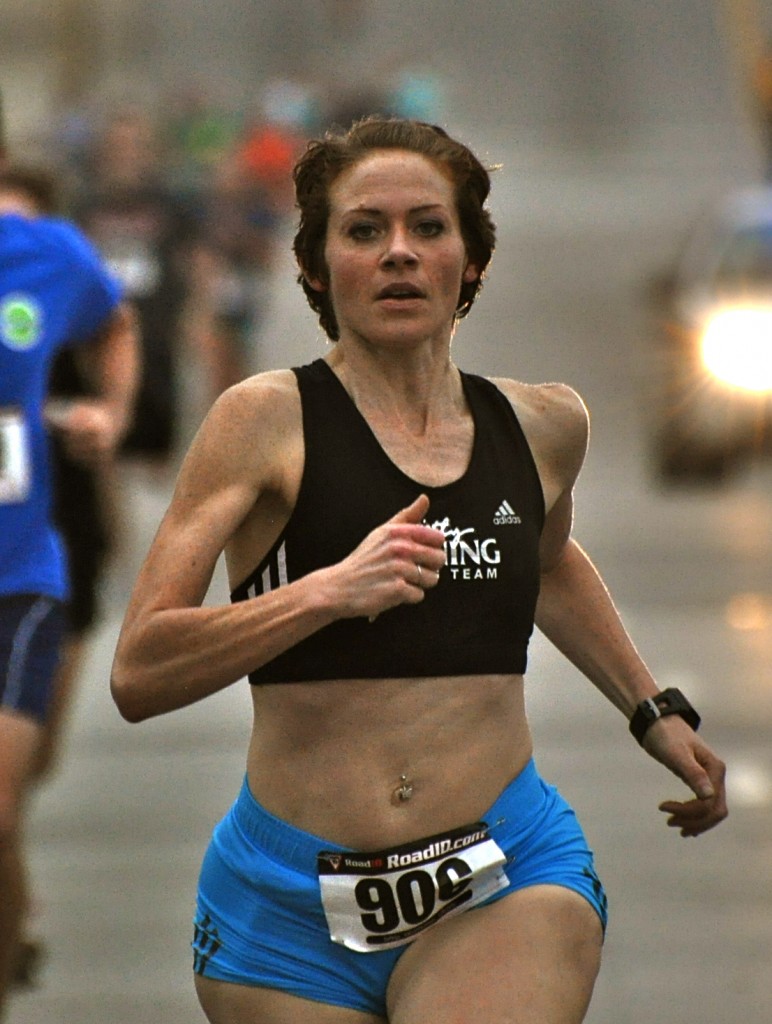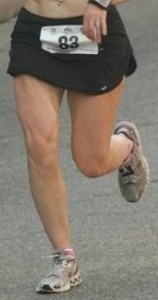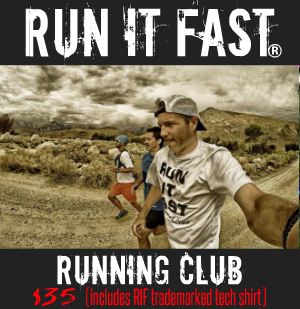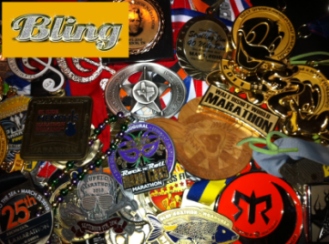Serious Core
You may know that strengthening your core will most certainly help your efficiency as a runner, or this may be your first time hearing it. Regardless, doing exercises to strengthen your core on a regular basis is an element of your training that shouldn’t be overlooked, or you walk a fine line of risking injury.
I have spoken to a number of runners about the topic of strength-training, cross-training and incorporating some kind of core work into their regime. Most often it is met with “Yeah, I know I need to do that but I just don’t do it.” The more research I do about common running injuries and about how the body functions under certain conditions, and the more runners I speak with about this topic, the more I understand that a serious emphasis should be placed on strengthening the core. As a runner, this shouldn’t be taken lightly.
Prevention and Efficiency
In addition to injury prevention, a strong core will support your running, racing, training and any other sport or physical activity that you participate in, as well as improve your everyday functioning. Core strength involves the supportive muscles in your trunk and hip/glute area. Strong core muscles provide you with a strong, solid base and are key in supporting a strong and enduring stride. Without strong core muscles your stride will be weak, lack endurance and be prone to imbalances leading to injuries.
Train Smarter, Not Harder
Unfortunately, many runners will take all the time they have during a given week to focus solely on their running thinking that in order to become a better runner, one should run more frequently, more miles, run faster, train harder. I cannot stress enough that one should train smarter, not harder. As with any sport, the overuse of certain muscles, tendons, joints and other body parts can cause severe stress leading to kinetic chain imbalance and eventual injury.
“The core of your body is where you derive your power; it provides the foundation for all arm and leg movements. Your core must be strong, flexible, and unimpeded in its movements to achieve maximum performance,” says Brian Abelson, a chiropractor who specializes in sports medicine/rehabilitation and biomechanics. “Training long hours does not guarantee that you have core stability. In fact, spending too much time working within one plane of motion often creates core imbalances. Add these imbalances to stresses caused by poor posture during running, and the repetitive motions of swimming (or other activities), and you have an equation for the development of a weak core.”
Experts Know
Don’t just take my word for it. Top athletes and other elite runners, as well as their coaches, know that in order to perform their best and be the most efficient runner and athlete possible, they must include core strengthening work on a weekly basis. Various top running sources, such as Runners World, CoolRunning.com and Active.com, have published numerous articles on this topic. Click here for a great article from Active.com about strength training for runners.
Do yourself a favor and take 20-30 minutes twice a week out of your schedule to dedicate to the very important activity of core strengthening exercises and stretches. It could literally save and enhance the life of your running. If you have any questions about specific core strengthening exercises, please contact me at runnernomi@gmail.com and I will try to help you.












